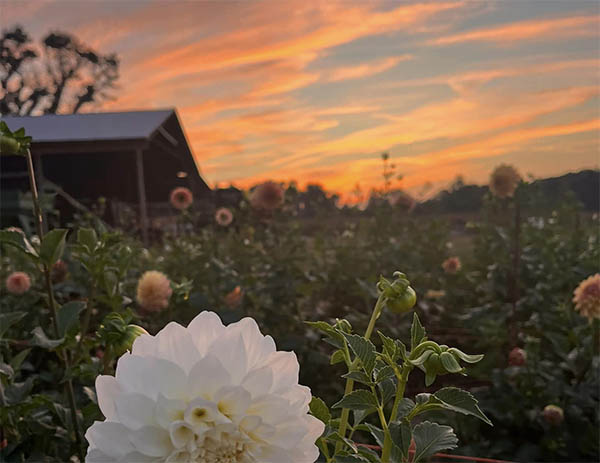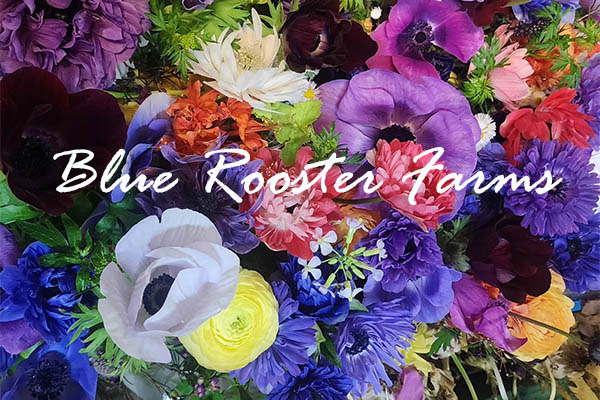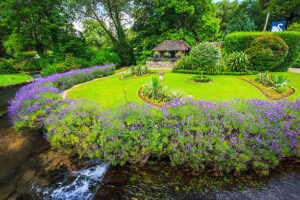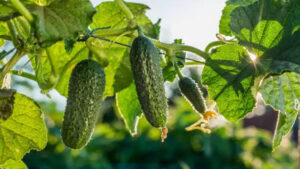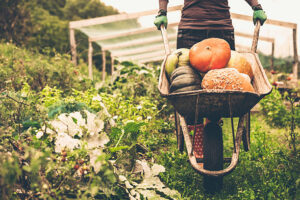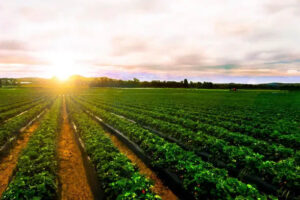Flowers are not just beautiful elements of nature; they are critical players in the intricate web of ecosystems. Their vibrant colors, alluring scents, and intricate designs serve a vital purpose in the process of pollination, which is essential for the reproduction of many plants and the overall health of ecosystems. Understanding the role of flowers in pollination and their interactions with pollinators like bees sheds light on their significance and the impacts on the environment.
The Process of Pollination

Pollination is the transfer of pollen from the male parts of a flower (the anthers) to the female parts (the stigma) of either the same flower or another flower of the same species. This transfer is crucial for fertilization, which leads to the production of seeds and the continuation of plant species. There are two main types of pollination: self-pollination, where pollen from the same plant fertilizes its flowers, and cross-pollination, where pollen is transferred between different plants.
Flowers and Their Pollinators

Flowers have evolved a variety of mechanisms to attract pollinators, such as bees, butterflies, birds, bats, and even wind. These adaptations include bright colors, enticing fragrances, and nectar rewards. Each type of pollinator is attracted to different characteristics:
- Bees: Bees are among the most important pollinators. They are attracted to bright colors, particularly blue and yellow, and are drawn to flowers that provide nectar and pollen. The structure of many flowers has evolved to accommodate the feeding habits of bees, with landing platforms and tube-like shapes that facilitate access to nectar while ensuring the bees come into contact with pollen.
- Butterflies: Butterflies are attracted to brightly colored flowers with a landing platform. Unlike bees, they prefer flowers with a more open structure where they can easily access nectar with their long proboscis.
- Birds: Hummingbirds and other nectar-feeding birds are attracted to red and orange flowers. These flowers typically have tubular shapes that accommodate the birds’ beaks and tongues, ensuring pollination as the birds feed.
- Bats: Bats are nocturnal pollinators attracted to large, pale flowers that open at night and emit strong fragrances. These flowers often produce copious amounts of nectar.
- Wind: Some plants rely on wind for pollination. These flowers typically do not have bright colors or strong scents since they do not need to attract animal pollinators. They produce large amounts of lightweight pollen that can be carried by the wind to other plants.
Impact on Ecosystems

The role of flowers in pollination extends beyond plant reproduction; it has profound impacts on entire ecosystems:
- Biodiversity: Pollination by flowers supports biodiversity by enabling the reproduction of a wide variety of plant species. This plant diversity provides habitats and food sources for numerous animals, insects, and other organisms, fostering a rich and varied ecosystem.
- Food Production: Many crops rely on pollination for fruit and seed production. Flowers play a crucial role in the agricultural ecosystem, with pollinators like bees being essential for the production of fruits, vegetables, nuts, and seeds. The decline in pollinator populations poses a significant threat to global food security.
- Ecosystem Stability: Healthy pollination processes contribute to the stability and resilience of ecosystems. Plants that are well-pollinated are more likely to produce viable seeds and robust offspring, ensuring the continuity and genetic diversity of plant populations. This, in turn, supports a stable food web and ecosystem functions.
- Climate Regulation: Plants play a vital role in regulating the Earth’s climate by absorbing carbon dioxide and releasing oxygen through photosynthesis. Flowers, by facilitating pollination and plant reproduction, contribute to maintaining vegetation cover, which helps mitigate climate change.
Challenges and Conservation
Despite their importance, flowers and their pollinators face numerous challenges. Habitat loss, pesticide use, climate change, and diseases threaten pollinator populations. Conservation efforts are essential to protect these critical species and their habitats. Strategies include creating pollinator-friendly gardens, reducing pesticide use, preserving natural habitats, and supporting organic farming practices.

Flowers are indispensable to pollination and the broader ecosystem. Their interactions with pollinators facilitate the reproduction of plants, support biodiversity, contribute to food production, and maintain ecosystem stability. Protecting flowers and their pollinators is crucial for the health of our planet and the well-being of future generations. By understanding and appreciating their role, we can take steps to ensure that these vibrant players in nature continue to thrive.


